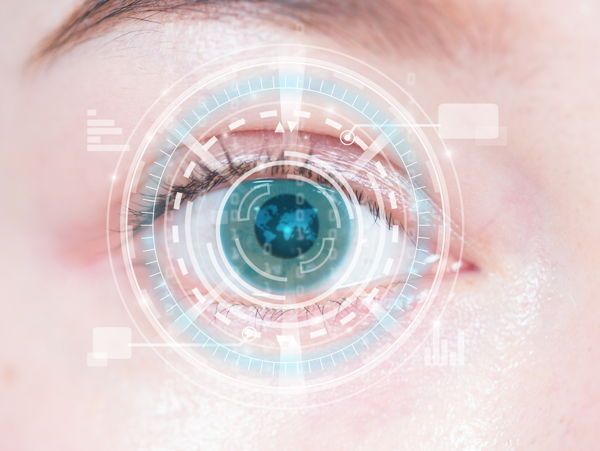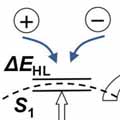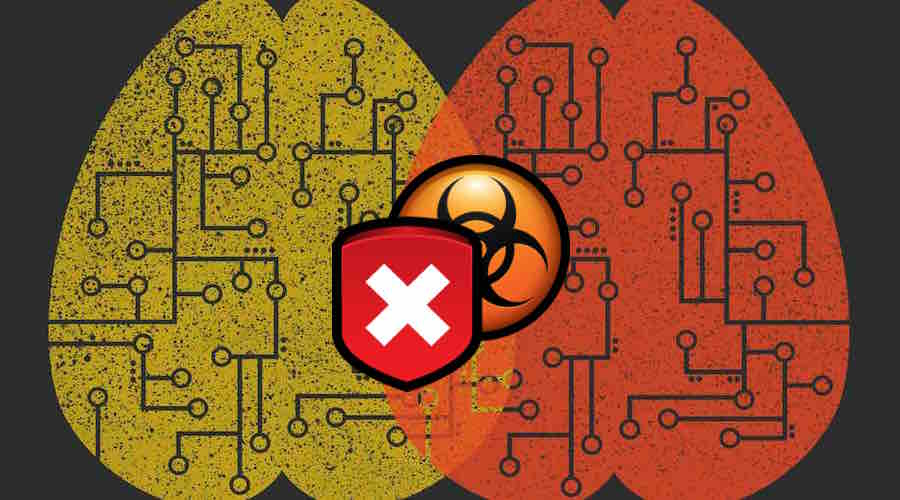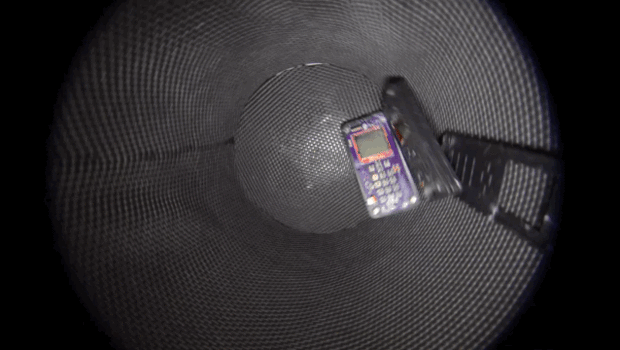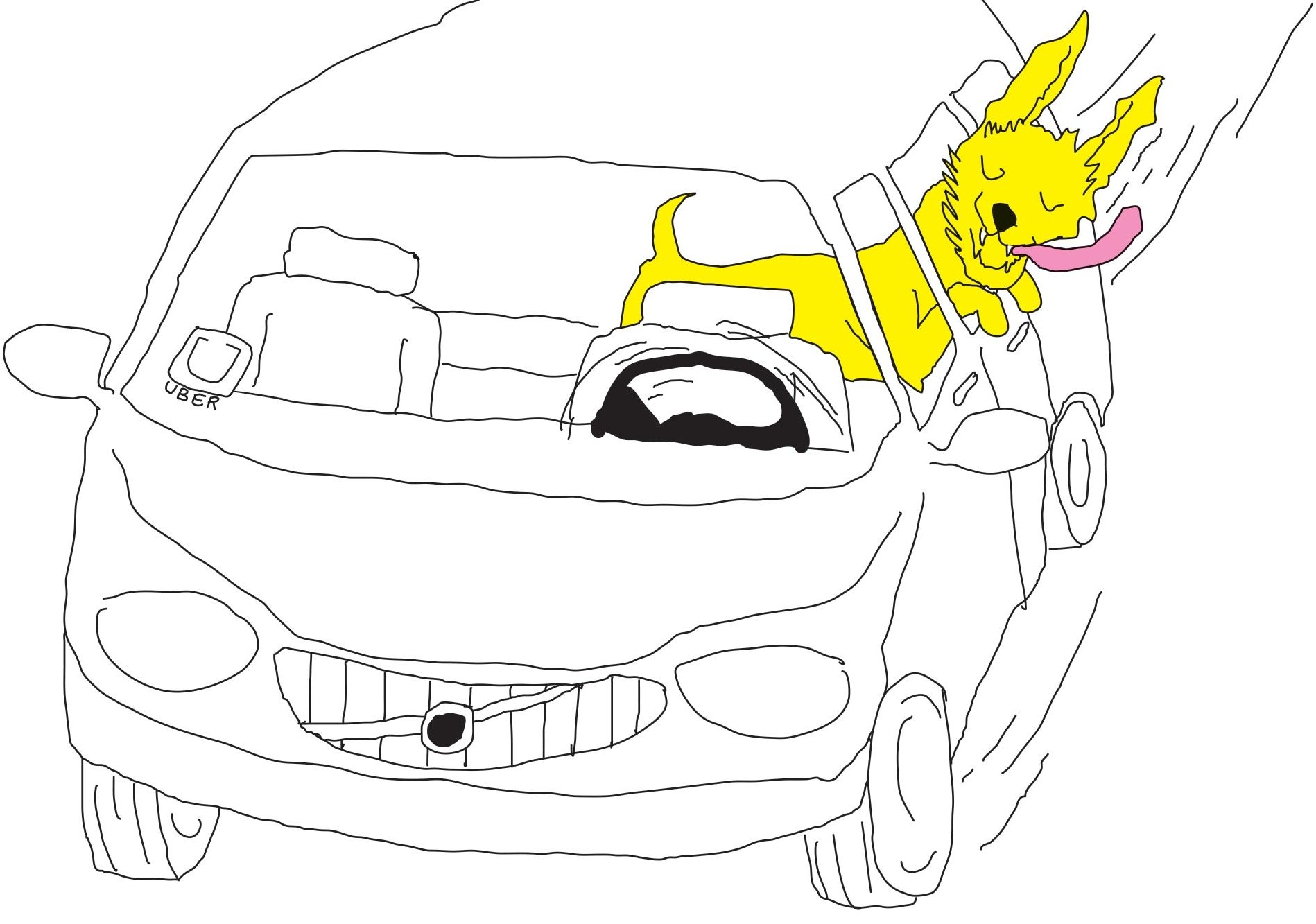I’m super excited to share my first fiction since writing “The Transhumanist Wager” four years ago. Vice Motherboard has published this short story of mine on the challenge of AI becoming religious—and what that might mean for humanity. It’s a short read and the story takes place just a few years into the future. And yes, the happenings in this story could occur.
For the second installment of our series exploring the future of human augmentation, we bring you a story by the Transhumanist Party’s presidential candidate (and occasional Motherboard columnist), Zoltan Istvan. Though he’s spent most of the last year traveling the nation in a coffin-shaped bus, spreading the gospel of immortality and H+, he’s no stranger to fiction. His novel, The Transhumanist Wager, is about the impact of evolving beyond this mortal coil. This story is even bolder. Enjoy the always provocative, always entertaining, Zoltan Istvan. –the editor.

Paul Shuman’s phone rang. He struggled to open his eyes. ‘Who the hell is calling me in the middle of the night?’ he thought. He rolled out of bed and walked naked to his desk to see. His phone showed it was his secretary.
“What is it?” he sharply asked on speaker phone.


